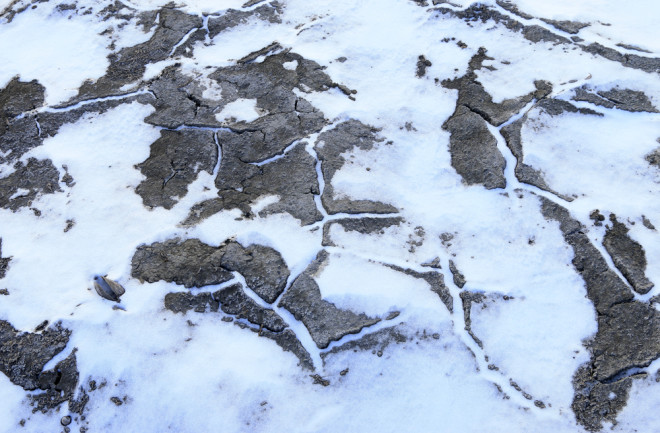In the 1984 film Iceman, a prehistoric man who has been frozen in a glacier for 40,000 years is revived by a team of curious scientists. It’s a fascinating premise. Scientists have spent their entire careers deliberating over the life history of ancient mummies like Ötzi the Iceman, who was found frozen in the Alps around 5,000 years after his death. But what if we could just wake him up and ask him?
Unfortunately, the prospect of reviving a frozen mummy like Ötzi from an ice-induced slumber is purely fictional. Researchers have found that, in the wild, freezing temperatures destroy mammalian tissue. If the tissue is frozen quickly, ice crystals burst cells from the inside out. Meanwhile, if the tissue is frozen slowly, the water is sucked out of cells exposing them to toxic concentrations of electrolytes.
But, curiously, some frozen, ancient organisms far-older than Ötzi have come back to life. And, though it may be too late for Ötzi, one group of Russian researchers is hard at work trying to bring an entire ancient ecosystem back to life.
When Have Scientists Revived Frozen Organisms?
About a decade ago, a group of Canadian scientists noticed something peculiar on a remote mountain pass on Ellesmere Island, located off the northwest coast of Greenland. Patches of moss, estimated to be 400 years old, were sprouting new branches at the foot of a melting glacier.
Read More: Arctic Meltdown: We're Already Feeling the Consequences of Thawing Permafrost
At the time, this was the oldest example of a living organism coming back to life after a frozen nap. But, just a year later, a group of British scientists successfully re-grew a moss specimen taken from deep below the permafrost on Signy Island in Antarctica. Radio-carbon dating confirmed that the sample was more than 1500 years old. This got researchers thinking: Aside from mosses, what other organisms could survive a long freeze?
In 2016, another Antarctic discovery brought the conversation to the animal kingdom. Japanese scientists thawed a 30-year old frozen sample of Antarctic tardigrades — single-celled plankton species known for their hardiness. The microscopic animals not only survived; some even went on to reproduce.
In recent years, scientists have revived much older single-celled animals, including nematodes and rotifers, from permafrost in Northern Siberia. These microorganisms date back to the late Pleistocene epoch, when woolly mammoths and saber-toothed tigers roamed the earth.
Are Scientists Trying to Revive Larger Animals?
Hardy, microscopic animals seem to be the only ones that can survive a thousand-year freeze. Yet, on the species level, an organism might not need to survive to be reborn. Over the past decade, geneticists have pieced together extensive genetic information for a handful of extinct species by analyzing preserved tissues.
Read More: The Woolly Mammoth Meatball Could Kick Off a Trend of Eating Extinct Meats
Perhaps the most well-known example of this is Colossal Biosciences’ quest to “de-extinct” the Woolly Mammoth. Founded by Harvard University geneticist George Church and businessman Ben Lamm, the company hopes to levy genes found in woolly mammoth specimens preserved in arctic permafrost to bring the species back to life.
How Are Scientists Planning to Revive Woolly Mammoths?
First, the scientists plan to analyze as many woolly mammoth specimens as they can find in order to sequence a mostly-complete genome of the species. Then, they will insert the genes into cells from woolly mammoth’s closest living relative, the Asian elephant. Finally, they will create an embryo and implant it into an elephant surrogate mother.
If all goes well, the company hopes that the first woolly mammoth-Asian elephant hybrid will be born in 2027.
Can Researchers Revive an Entire Ecosystem?
If these quasi-mammoths are eventually born, there’s already a place for them to go: A 20-square-kilometer nature preserve in Siberia called Pleistocene Park. For three decades, a team of Russian scientists have worked to turn the preserve into an analogue of the mammoth steppe ecosystem that carpeted northern Eurasia 20,000 years ago.
The mammoth steppe ecosystem of old hinged on a high density of grazing animals, so the team behind Pleistocene Park has focused on reintroducing grazers. So far, the park is home to reindeer, yakutian horses, moose, bison, musk ox, kalmykian cows, sheep, camels and goats. One day, they hope to add mammoths to the list.
Read More: Will Woolly Mammoths Ever Make a Comeback?

